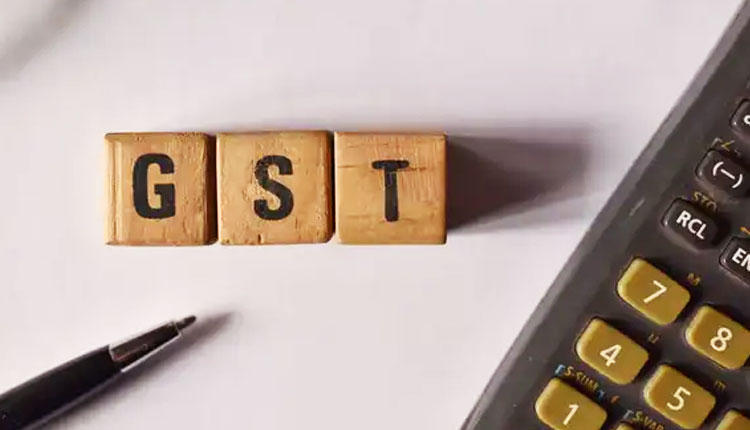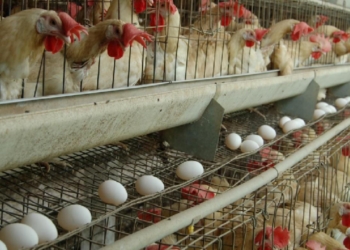New Delhi: GST rate rationalisation provided a huge boost to consumer demand and manufacturing output during the recent festive season, and sustaining the uptick will depend on broader economic conditions and industry-specific dynamics in the quarters ahead, a report said on Monday.
Credit ratings agency ICRA said that manufacturing rebounded as firms stocked up ahead of festivals, with consumer durables showing a prominent sequential and year-on-year uptick.
“While the GST rationalisation may support demand for regular use or small-ticket items after the festive season, the sustenance of the buoyancy in demand for big-ticket items remains to be seen,” it said.
The report also noted that “a good part of the GST rate cut benefit is going to be neutralised by the star labelling requirements to be introduced from January 2026.”
The year on year growth in GST e way bill generation eased to 8.2 per cent in October from 21 per cent in September, the ratings agency said, partly attributing it to the shift in the festive calendar.
The report said the GST cuts have visibly impacted prices, as the core consumer price index excluding gold was flat sequentially in October, against a typical monthly increase of 0.4–0.5 per cent. GST rate cuts have eased the tax burden for consumers and businesses by lowering prices on essentials and improving affordability across key sectors, it added.
The report evaluated impacts across key industries, including two-wheelers, passenger vehicles, tractors, commercial vehicles, fashion retail, insurance, room air conditioners (RAC), budget hotels, cement, fertiliser, speciality chemicals, and upstream oil and gas.
A Morgan Stanley report said earlier this month that macro indicators remain stable, giving policymakers ample room to support growth through both monetary and fiscal measures. With both rural and urban consumption expected to expand, GDP is projected to grow at 6.5 per cent in FY 2027–28, it added.
(IANS)
















